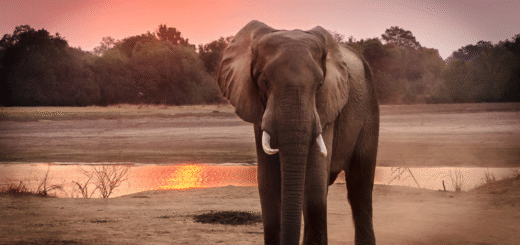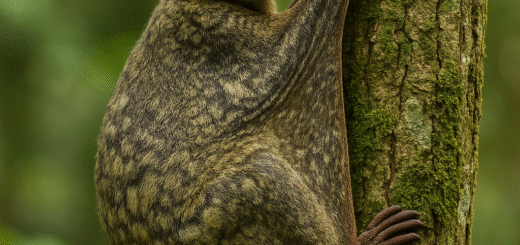Blue Parrotfish: Nature’s Bright Blue Wonder
When you think of the ocean, vivid colors often come to mind — and few creatures embody that vibrancy like the Blue Parrotfish. With their striking sapphire hue and playful personalities, Blue Parrotfish are a favorite among divers, snorkelers, and marine enthusiasts worldwide. But there’s much more to these fascinating fish than just their looks!

What is a Blue Parrotfish?
The Blue Parrotfish (Scarus coeruleus) is a species of parrotfish found primarily in the shallow waters of the western Atlantic Ocean, including the Caribbean Sea and the Bahamas. True to their name, they boast an almost neon-blue body color that is impossible to miss. Juvenile Blue Parrotfish often have a yellow spot on their heads, which fades as they mature into their brilliant blue adult coloration.
Unique Features and Behavior
- Constant Grazers: Blue Parrotfish spend up to 80% of their day searching for food. They use their beak-like teeth — which look like a parrot’s beak — to scrape algae and small organisms off rocks and coral reefs.
- Sand Creators: As they digest bits of coral along with algae, they excrete it as fine white sand. It’s estimated that one parrotfish can produce hundreds of pounds of sand each year, helping to build beautiful tropical beaches.
- Solitary Creatures: Unlike some of their colorful reef companions, Blue Parrotfish are often seen swimming alone, although young individuals may form small groups.
Where Can You Find Blue Parrotfish?
Blue Parrotfish thrive in coral reefs, seagrass beds, and sandy coastal areas at depths of up to 25 meters (about 80 feet). If you’re snorkeling or diving in the Caribbean, there’s a good chance you’ll spot one gracefully gliding by, munching on the reef.
Popular locations include:
- The Bahamas
- Florida Keys
- Bermuda
- Caribbean islands like Aruba, Jamaica, and Curaçao
Importance to Coral Reefs
These beautiful fish are not just eye candy — they are crucial to the health of coral reef ecosystems. By removing algae that can smother corals, Blue Parrotfish help maintain a balanced environment where reefs can thrive. Their natural sand production also contributes to the stability of shallow reef systems and beach formation.
Fun Facts About Blue Parrotfish
- They sleep in a bubble: At night, Blue Parrotfish secrete a mucus cocoon around themselves, believed to mask their scent from predators like moray eels.
- They can live up to 20 years: In the wild, with few threats, Blue Parrotfish can enjoy long, peaceful lives.
- They change genders: Some parrotfish species, including the Blue Parrotfish, can naturally change sex from female to male during their lifetime if needed to maintain a balanced population.
Conservation Status
Currently, Blue Parrotfish are not considered endangered, but their habitats — coral reefs — are facing serious threats from climate change, pollution, and overfishing. Protecting reef environments ensures that species like the Blue Parrotfish continue to color our oceans for generations to come.
Conclusion
The Blue Parrotfish is more than just a pretty face in the marine world. With its electric-blue scales, important ecological role, and quirky habits, this vibrant fish is truly a treasure of the ocean. Whether you’re planning a dive trip or just love learning about marine life, the Blue Parrotfish is a creature worth admiring — and protecting.








